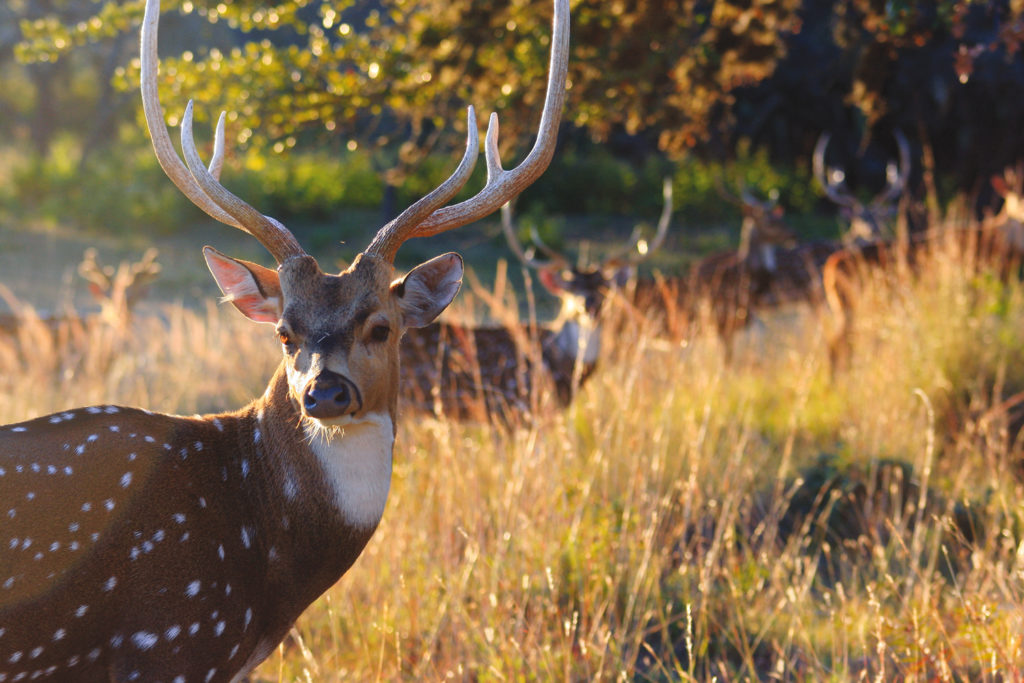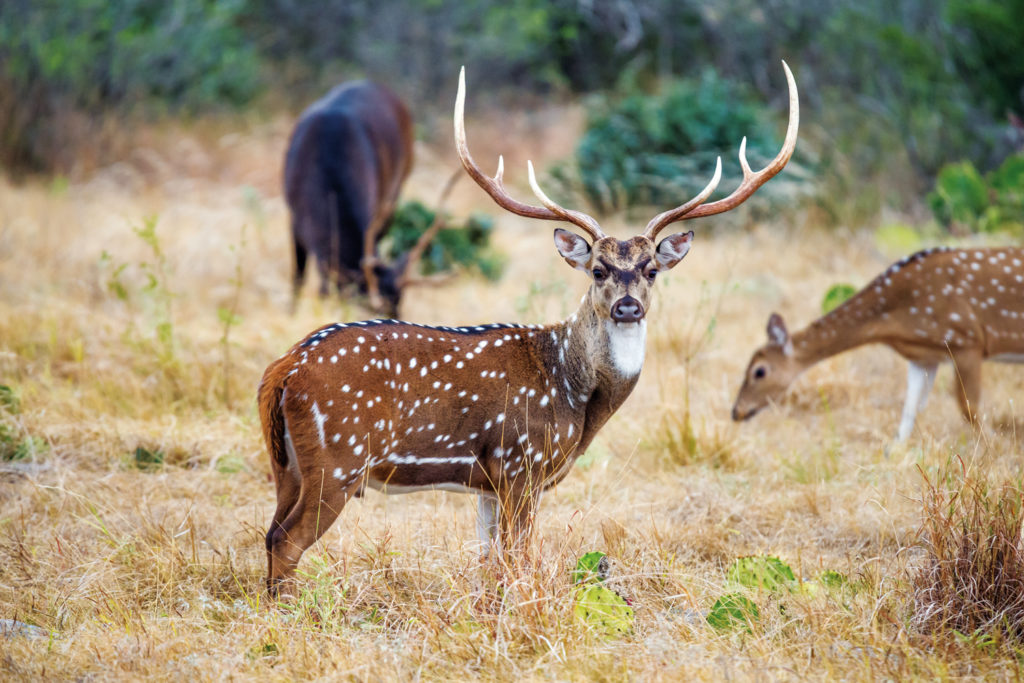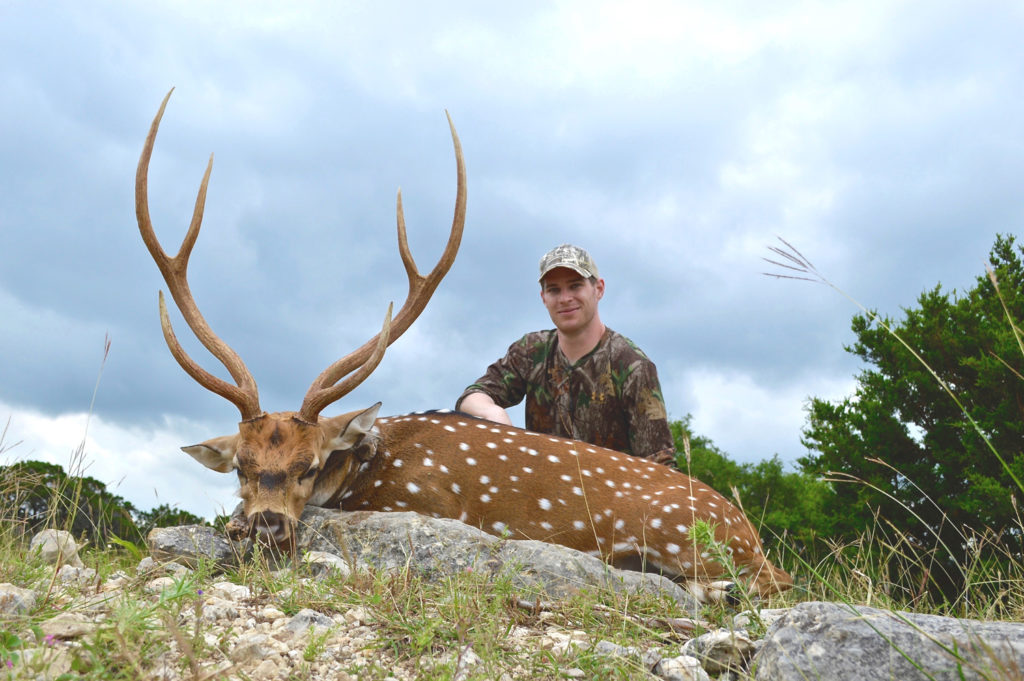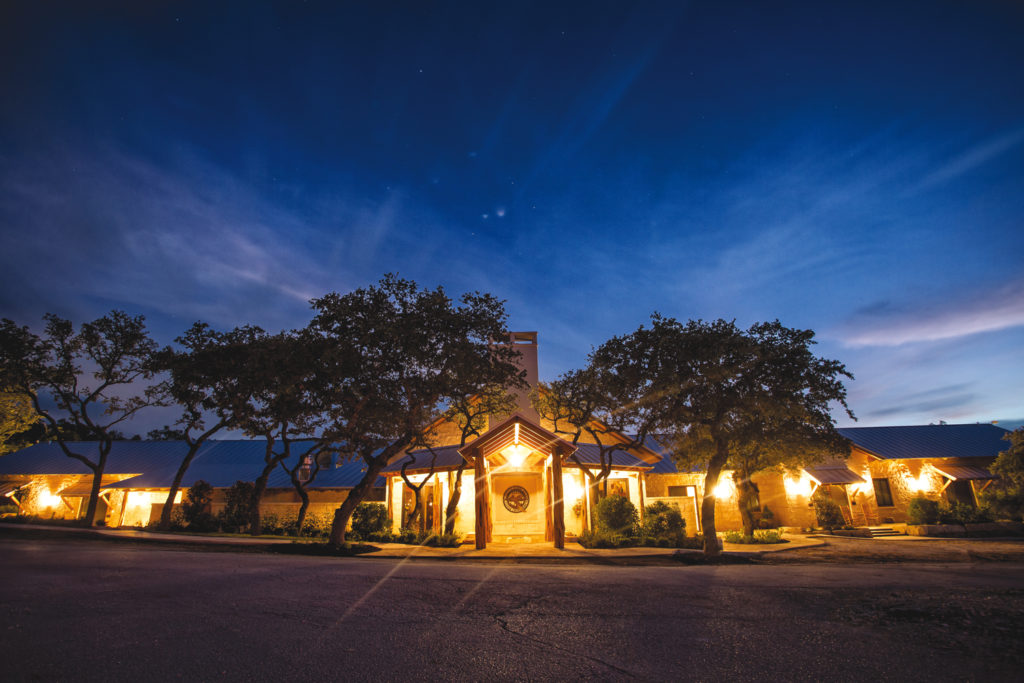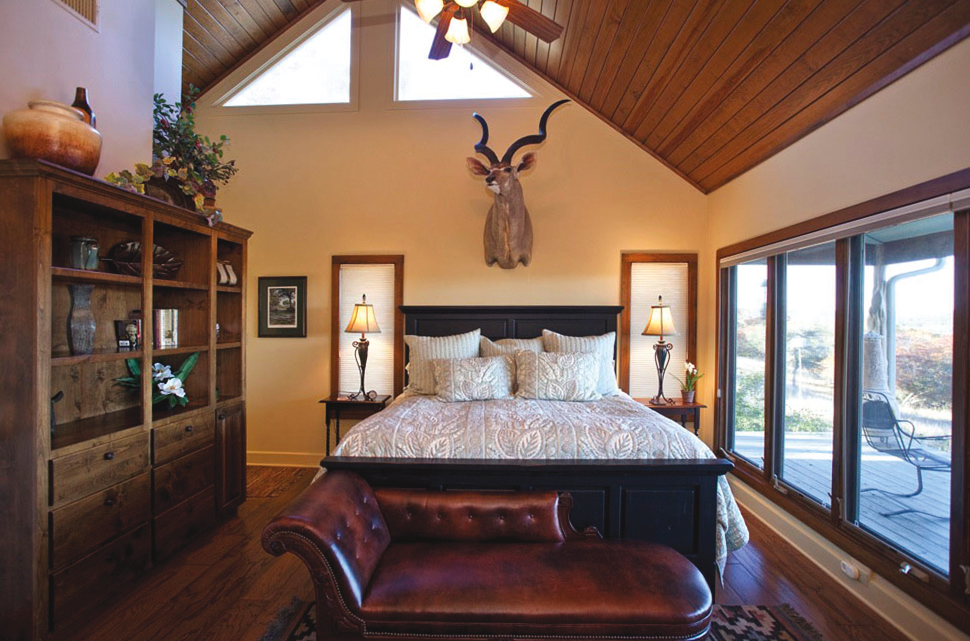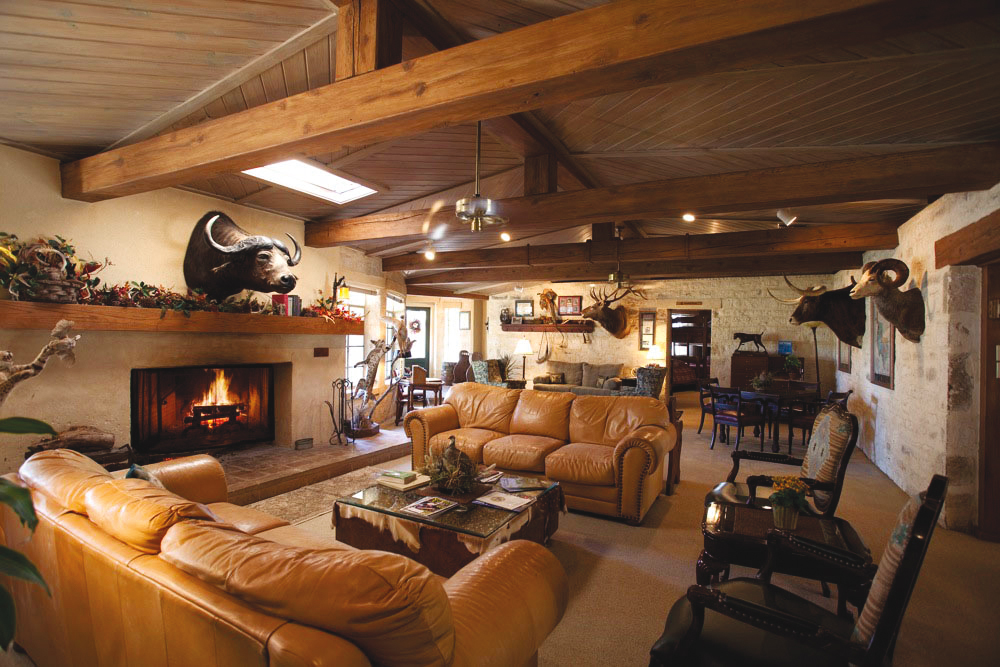Joshua Creek Ranch by Taylor J. Pardue
May 11, 2016



 SCA Articles
SCA Articles
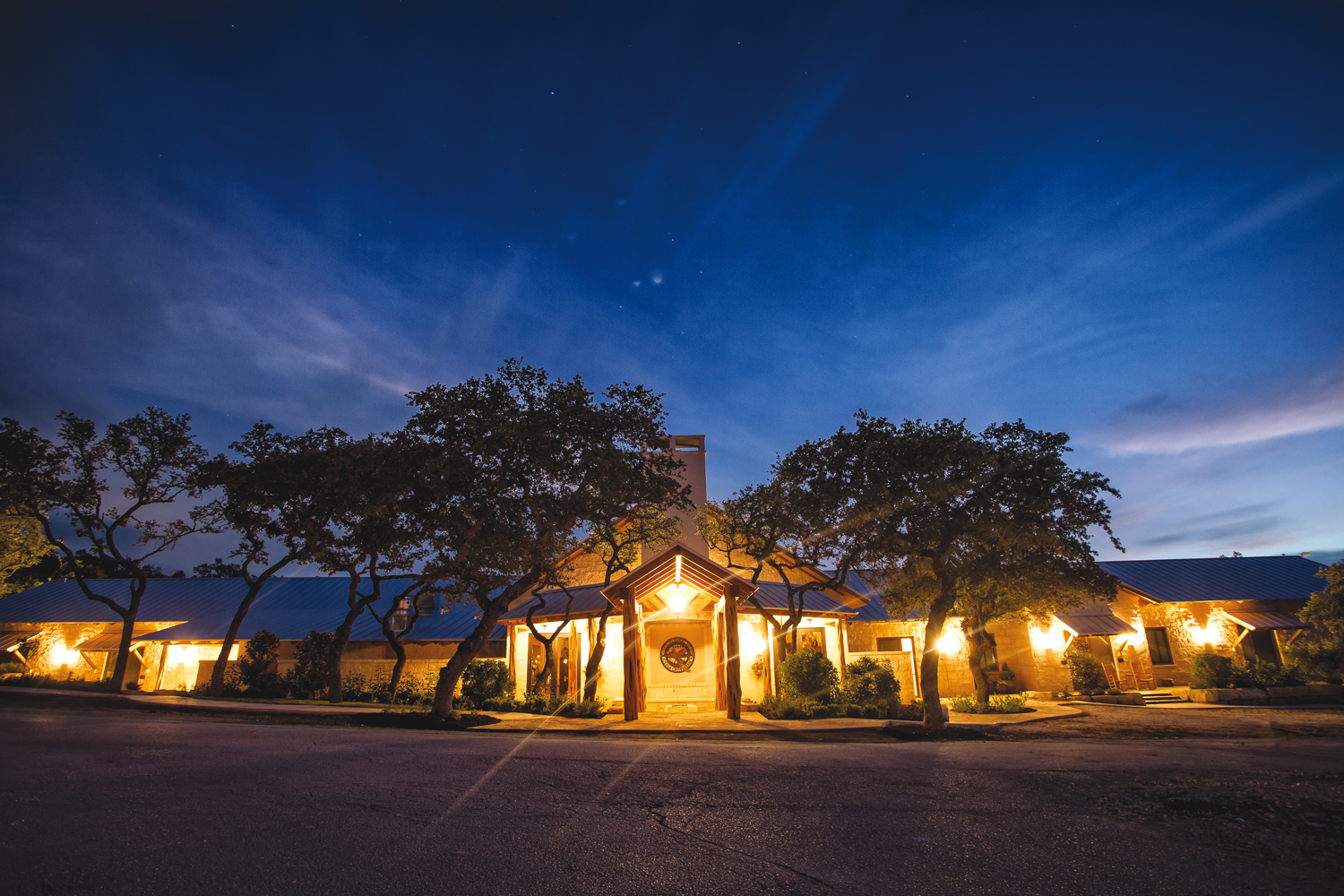
Joshua Creek Ranch by Taylor J. Pardue
No part of Texas is, to my mind, more quintessentially Texan than San Antonio, the Hill Country, and the Alamo. You can visit Dallas, see the Rio Grande, or swim along the Gulf, but until you see the shadows of nearby buildings fall respectfully shy of the Shrine’s walls, you can’t truly appreciate Texas. Maybe not even America, for that matter.
That’s one reason I volunteered to work Joshua Creek Ranch’s Texas Hill Country Shooting Classic & Sporting Expo in June 2016, flying west to man the booth for Sporting Classics. I had never visited the state, and having been raised on John Wayne’s two-tape VHS version of The Alamo, it was a no-brainer to attend and explore the region. I wouldn’t be able to shoot in the popular shotgun competition, but I planned to stay a couple days after the show to hunt the ranch’s famed free-range axis deer herd—the other reason.
One of the many things Texans are known for is their fondness for raising exotic animals on their game ranches. From the nilgai, native to India, to the fallow deer of Europe, if you want to hunt a trophy-caliber something, it can probably be done in Texas. What’s more, you can hunt them year-round and to your heart’s content. Texas Parks & Wildlife doesn’t establish seasons or bag limits for hunting exotics on private land.
Axis deer fall into that exotic category, as well. The Indian native, known there as a chital, is tiger fodder in its homeland, rarely living long enough to reach 165 pounds. In Texas, where their only true predator is man, they push past 200 pounds with ease. And like everything else in Texas, their antlers tend to be bigger in the Lone Star state, too.
What makes year-round axis hunting possible is not just the state’s leniency regarding exotics, but also the life cycle of the animals themselves. Axis bucks grow their antlers based on their birth date, not the season of the year. One buck might be carrying a hardened set of headgear well into summer when a fellow buck has just dropped its antlers. Axis deer also reproduce on their own individual cycles. Does and bucks mate whenever their hormones call for it, not during a set rut in the fall of each year. There is, however, a quasi rut from May to August when a slight majority of the animals mate, with the peak falling in June and July—precisely when I would be visiting the ranch.
Director of Outdoor Operations Craig Gaudlip met me before dawn the morning after the shooting competition ended. To avoid losing it between the various layovers, I had opted to leave my rifle at home and borrow Craig’s .270 for this hunt. His go-to is a Sako 85 Synthetic Stainless topped with a Zeiss Terra 3-9×42, a gun he keeps with him as he makes his rounds at the ranch each day. A few hours later I would be glad he had allowed me the use of it.
Joshua Creek makes it easy to get to your box stand before daybreak because there’s a stand virtually every ten steps. With the thick brush of the Hill Country well represented here, the ranch could have cut large swaths through the vegetation to create the kind of shooting lanes other Texas ranches offer. Instead, box stands are placed at every promising overlook, field edge, and game trail that the staff has observed movement on. Feeders are set up to draw out the biggest bucks, then hunters are positioned for the perfect shot. It’s the least-obtrusive way to do business, allowing hunters the opportunity to appreciate the native terrain and the game to use it for cover.
Craig and I crossed one of the fords across the ranch’s namesake creek before walking down and offshoot of the main road. It, like the other trails, led to a box stand with a view of a feeder tucked into the woodline. The sun hadn’t come up yet, so Craig and I slipped inside and perused photos on his smartphone of other bucks taken from the property recently.
I saw two things that brought immediate joy when light began to slip through the Plexiglas windows. The first was the grayish hides of five whitetail does feeding near the feeder—not our target species and an unusual coloration in June, but a sign of life nonetheless. The other was far more influential. A laminated sign was taped above the main shooting window, reminding the uninitiated of where to place a bullet on a white-tailed buck.
The sign included some useful info for me. The sometimes-controversial neck shot was shown, complete with a red circle showing the proper shot placement. I prefer the neck shot, and here I was getting the green light from the ranch to take it if the opportunity arose. I was practically drooling into the stand’s carpet as I pictured a rutting monster crashing out of the timber to feed at this hidden oasis, dropping like a 200-pound bag of flour as bullet met spine.
We gave the stand an hour to produce before calling it a morning. Axis deer might carry their antlers and chase their women at all times of the year, but Texas in summer is still Texas in summer. It was hot, and Craig, myself, and the deer were all feeling it. He and I made our way back to the lodge for breakfast, passing other likely box stands along the way. Craig’s wheels were turning as to which of these hideouts would produce the best results when the sun peaked later . . . but first, to eat.
Meals at Joshua Creek are what top-tier hunting outfits should all aspire to provide. “Man food”—bacon, eggs, sausage, etc., and lots of it—for breakfast, then back to hunting. We made our way back across the ford and were debating which stand to relocate to when the hunt came to an abrupt end.
We were side by side heading down the main trail, discussing our plans for the rest of the day in muffled whispers, when Craig looked past me and saw a hole in the trees 25 feet wide and 100 yards or so off the beaten path. In it stood a reddish-orange beast with white spots, tines stretching skyward like scythes stuck in the dirt after harvest, and a face that defies any attempt at description. Craig, who has seen countless numbers of these bucks shot over the years, could only say one thing . . . over, and over, and over again.
“Shoot that deer!!!”
Thankfully, I was oblivious to what constitutes a trophy axis deer and didn’t recognize the buck for the monster it was. A Euro mount of a smaller axis overlooks my desk at Sporting Classics, but I had never hunted, much less killed, one of these animals. I could tell the hulk before me was bigger than the mounted deer back home, but beyond that, it might as well be a spike for all I knew. Ignorance is more than bliss, though; it’s incredibly steadying. I had no whiff of buck fever and settled in for the shot with only precision in mind.
I threw up the rifle and cranked the scope to 9x to literally pick a spot on the bright hide to shoot for. As I did so I noticed a gray object standing behind and to the left of the buck as he stood broadside and facing right. The gray object stood roughly head-high to its shoulders—a whitetail doe, fully grown. She looked more like a fawn in the presence of her polka-dotted cousin.
I moved the crosshairs onto the buck and prepped for the shot. That’s when I remembered the poster in the box stand encouraging the use of neck shots to anchor these stout animals. Make a poor shot and he would disappear into the brush, leading to difficult tracking for the guides—even with dogs. The crosshairs floated forward a few more inches and settled on the thickest part of the neck, just in front of the buck’s blocky shoulders. One shot and the buck was down.
Craig and I raced over to make sure the buck didn’t rise to its feet and make off into the scrub, but no such caution was necessary. Between the .270 and the neck shot, the buck would never rise again.
Craig was understandably excited, far more than I was at the time. He had seen enough bucks killed on the ranch to know this was a special animal, and with tape in hand began making the preliminary calculations. The buck weighed roughly 280 on the hoof, with long, thick “dog killers” coming off the front of his rack. One main beam was roughly 36½ inches tall, the other 37—the one-time world record, which had come off Joshua Creek’s grounds a few years earlier, had been 37½ by 37½ with a total score of 176 SCI. This deer might even be one of his progeny.
That record buck had been as unlooked- for as mine, even more so in fact. A friend of Joe and Ann Kercheville—co-founders of Joshua Creek and chairman and president respectively—had brought his family to Joshua Creek to stay over a holiday weekend several years ago. His son-in-law had never been hunting before, and with the Kerchevilles’ permission, he took the young man on an axis hunt. They had hardly settled into the blind when a buck with ridiculously tall main beams came into view. The son-in-law shot, and with his first deer became the world-record holder for wild axis deer in the U.S.
It took me several days for the magnitude of my own kill to set in. Only one buck had ever been taken off this ranch larger than mine, and it had been a world record. Mine had scored 36½ by 37 inches, far larger than any buck I had ever killed and on track to go high in the books in its own right. What its final score would be was anyone’s guess, but we hoped to have a rough estimate from a local scorer within a few days. I headed back to work, and the buck headed off to the taxidermist.
Kevin Welborn, director of marketing, sales, and guest services for Joshua Creek, emailed me a few weeks after my hunt and gave me the great news.
Safari Club International breaks axis deer down into several categories: native deer, captive-bred and -hunted, free-range, exotic/introduced, typical, non-typical, etc. Because my buck was one of the free-range, typical, exotic deer (the X95 category in the SCI online record book), it placed 13th among all bucks taken with a rifle. Still in the mandatory drying period as of this writing, it will be the 14th-highest buck taken with any weapon if the measurements hold.
Record books aren’t what hunting is all about, but recognizing special bucks that have been taken over the years expands the celebration of their lives. Not only does the individual hunter get to relive the hunt each time they look at their wall, but every hunter who reads the record-book entry and marvels at its inspiring dimensions can dream of taking their own trophy buck. I never expected to hold a record for any species, ever, but an unlooked-for opportunity at Joshua Creek made it possible. And while the ranch can’t guarantee you a monster buck, its trophy track record is undeniable.

